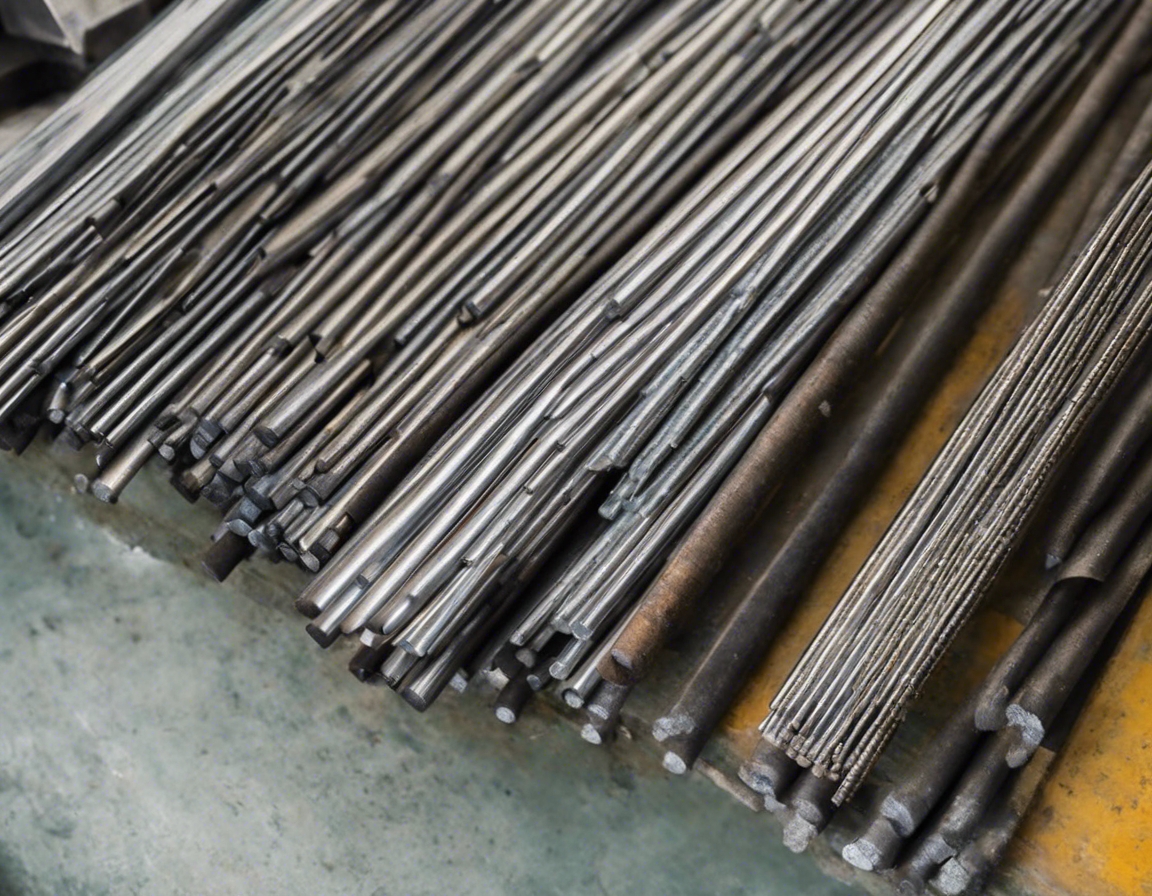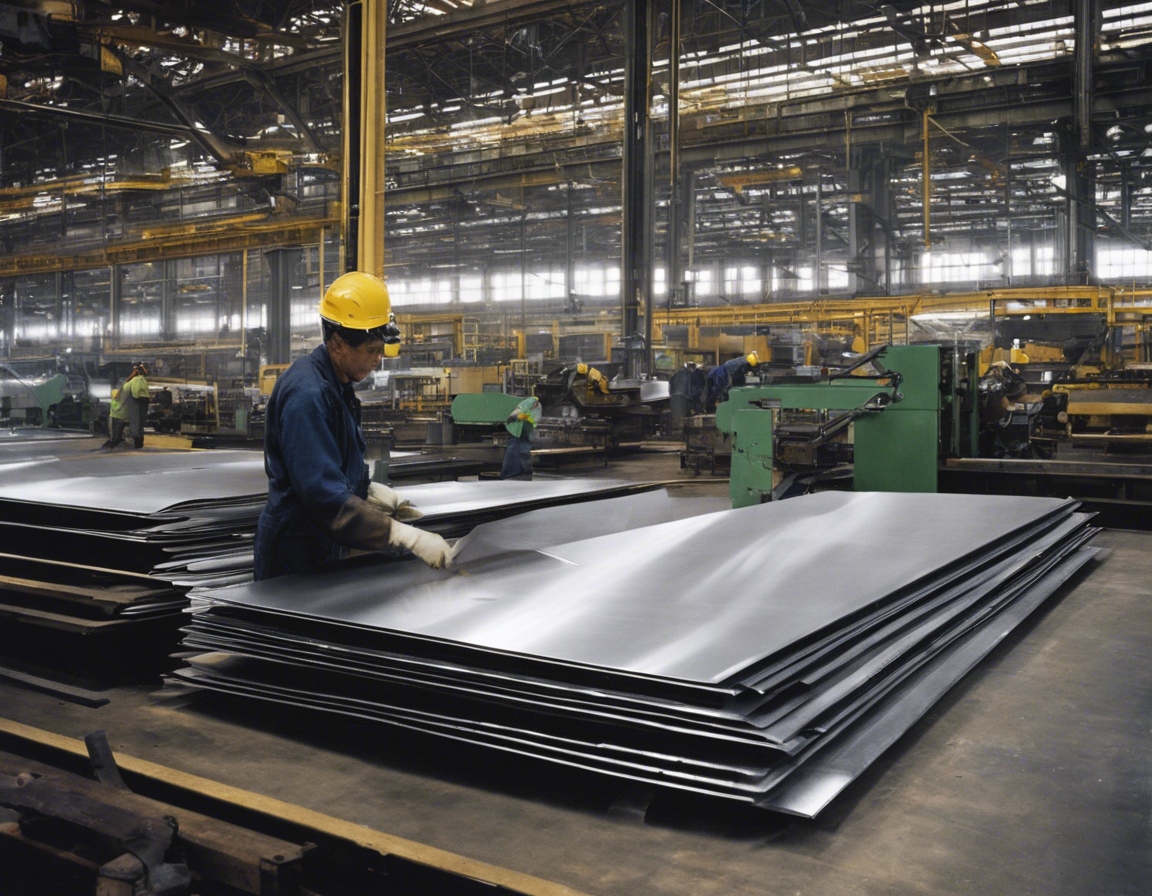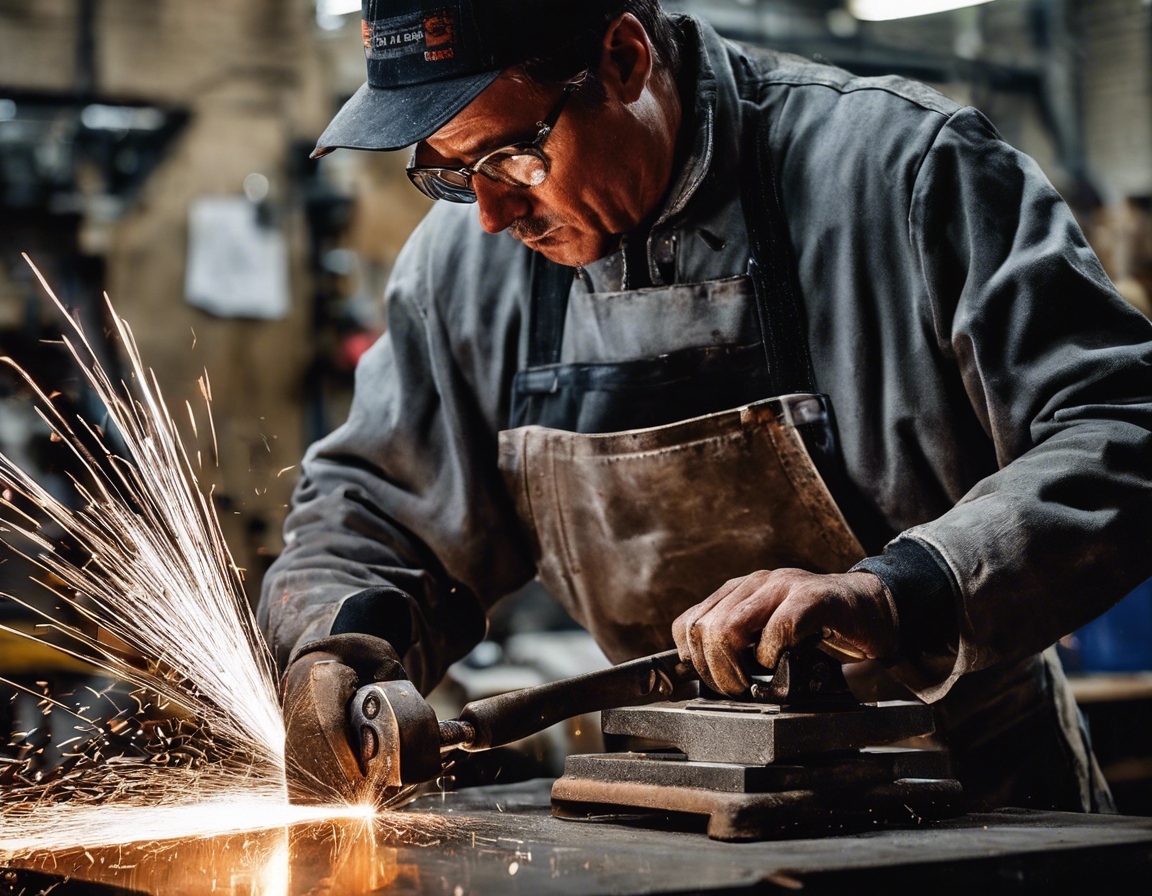5 trends shaping the future of steel construction
The landscape of steel construction is continually evolving, driven by advancements in technology, shifts in environmental policies, and the ever-changing demands of the construction industry. As we look to the future, several key trends are emerging that promise to shape the trajectory of steel construction. In this post, we will explore five significant trends that professionals in the construction sector, including architects, project managers, and construction companies in the EU, should be aware of.
1. Sustainability and Eco-Friendly Practices
With a growing emphasis on sustainability, the steel construction industry is seeing an increase in projects aiming for green building certifications. These certifications, such as LEED or BREEAM, set standards for environmentally responsible construction, including the use of steel due to its recyclability and durability.
Steel is one of the most recycled materials on the planet, and its ability to be reused without degradation of quality is a cornerstone of sustainable construction practices. This trend is pushing the industry towards a circular economy model, where materials are kept in use for as long as possible.
Advancements in production technology are enabling steel manufacturers to reduce their carbon footprint. Energy-efficient furnaces, electric arc furnaces, and other innovations are helping to lower emissions and energy consumption during the steel production process.
2. Technological Advancements in Fabrication
The integration of automation and robotics in steel fabrication is increasing efficiency and precision while reducing labor costs and human error. Automated cutting, welding, and assembly lines are becoming more prevalent in the industry.
Software solutions for design and planning, such as Building Information Modeling (BIM), are revolutionizing the way steel structures are conceived and constructed. These tools allow for better collaboration, fewer errors, and more efficient project management.
3D printing, or additive manufacturing, is beginning to take hold in steel construction. This technology allows for the creation of complex, custom components with reduced waste and potentially lower costs.
3. Modular and Prefabricated Construction
Modular construction, where components are prefabricated off-site and then assembled on-site, is gaining traction for its speed, quality control, and reduced on-site labor. This method is particularly advantageous in urban environments or in situations where minimizing construction time is critical.
While modular construction is a trend on its own, its integration with traditional building methods is also noteworthy. This hybrid approach allows for the benefits of modular construction while still providing the flexibility of traditional methods.
Across the globe, there are numerous examples of successful modular steel structures that demonstrate the potential and versatility of this construction method. From residential buildings to large-scale commercial projects, modular steel construction is proving its worth.
4. Enhanced Safety and Quality Control
The steel construction industry is subject to stringent safety standards, which are becoming even more rigorous. This trend is leading to the development of new safety protocols and the adoption of advanced technologies to ensure worker safety.
As the industry focuses on safety and quality, the importance of certification and compliance with international standards, such as those provided by PROWELD OÜ, is becoming more pronounced. These certifications are essential for companies looking to demonstrate their commitment to excellence in steel construction.
Innovations in protective equipment and safety procedures are paramount in the effort to reduce workplace accidents. The industry is seeing the introduction of smarter safety gear and the implementation of comprehensive safety management systems.
5. New Material Combinations and Composite Technologies
The development of high-performance steel alloys is enhancing the strength, durability, and performance of steel structures. These new alloys are enabling architects and engineers to push the boundaries of what is possible with steel construction.
The use of composite materials in conjunction with steel is providing new opportunities for innovation in construction. Composites can offer improved properties such as reduced weight, increased strength, and better resistance to environmental factors.
The advent of new materials and technologies is having a profound impact on design and architecture. The potential for more creative and ambitious designs is expanding, allowing for unique and iconic steel structures that are both functional and aesthetically pleasing.






Comments (0)